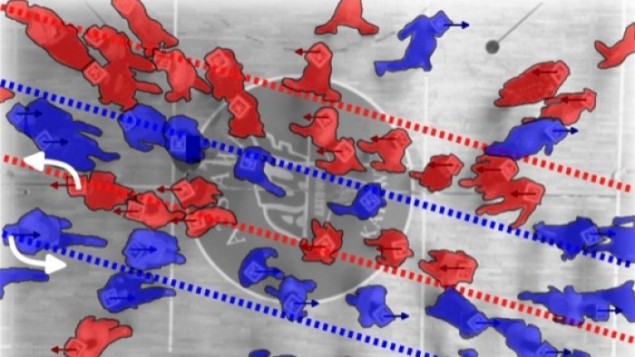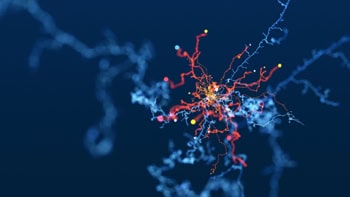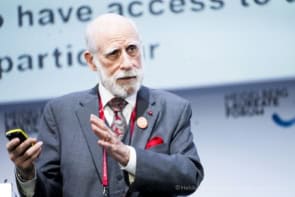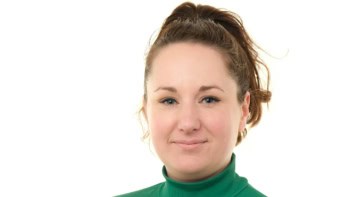
By drawing on ideas first developed by Albert Einstein, researchers in the UK and Poland have created a new theory that explains how organized, counter-flowing lanes of motion can emerge in seemingly disordered systems – including crowds of people. Led by Tim Rogers at the University of Bath, the team verified their model by observing real human crowds.
“Laning” is an example of spontaneous organization in nature, and would be familiar to anyone who has walked along a busy street or corridor. When two groups of people in a large crowd are walking in opposite directions, they often organize themselves into parallel, counterflowing lanes without being given instructions on where they should walk. This reduces the risk of collisions and improves the efficiency of motion for both groups.
This behaviour does not only emerge in systems of sentient beings, it can also be found in situations ranging from the motions of oppositely charged particles in complex plasmas, to counter-propagating electrical signals in elongated nerve cells. However, there are still many aspects of the phenomenon that are poorly understood.
Settling a debate
“Despite its widespread occurrence, there is still no consensus about the physical origin of laning,” says Rogers. “To settle this debate, one needs a quantitative theory, that could be tested against simulations and experiments.”
To build their theory, Rogers’ team – which also included Karol Bacik at the University of Bath, and Bogdan Bacik at the Academy of Physical Education in Katowice – drew from a theoretical approach first taken by Einstein in 1905.
In one of his first major contributions to physics, Einstein examined the random Brownian motion of microscopic particles such as pollen grains as they are jostled around by water molecules. He showed how the motion can be understood by accounting for the cumulative effects of many tiny molecular collisions.
Small adjustments
By applying the same concepts to counterflowing human crowds, the team found they could link the motions of individual people – each making constant small adjustments to their paths to avoid bumping into each other – with the overall motions of a crowd. “Mathematically, it is an exercise in statistical physics – the art of taking averages in systems where the components are too numerous to keep track of individually,” Rogers explains.
As well as doing computer simulations, the team tested their model by doing a series of experiments with real human crowds. These involved 73 participants walking within a square arena.
“Apart from shedding a new light on the old puzzle, our analysis also generated several new hypotheses,” Rogers says. One of these interesting behaviours emerged when the team placed entry and exit gates at the edge of the arena. In this case, they found that lanes tended to curve into parabolic, hyperbolic, or elliptical shapes, depending on the positions of the gates.
Traffic rules
“We also showed that introducing traffic rules for pedestrians may have some undesired effects,” Rogers continues. “For example, when people are told to try to always pass on the right, they form lanes that end up tilting.” This pattern emerged because most pedestrians prefer to turn right as they dodge each other, breaking the chiral symmetry of their lanes (see figure).
The team stresses that their study only applies to systems below a certain density. If people are packed in too tightly, flowing lanes can jam and Einstein’s Brownian motion is no longer relevant.
Having verified their theory, the trio hopes to use it to uncover other patterns in seemingly disordered crowds, which have so far remained hidden by the limitations of previous models.
Their discoveries could also provide deeper insights into crowd dynamics, biology and physics where self-organizing lanes play a key role in the flow of people, particles and information.
The research is described in Science.



